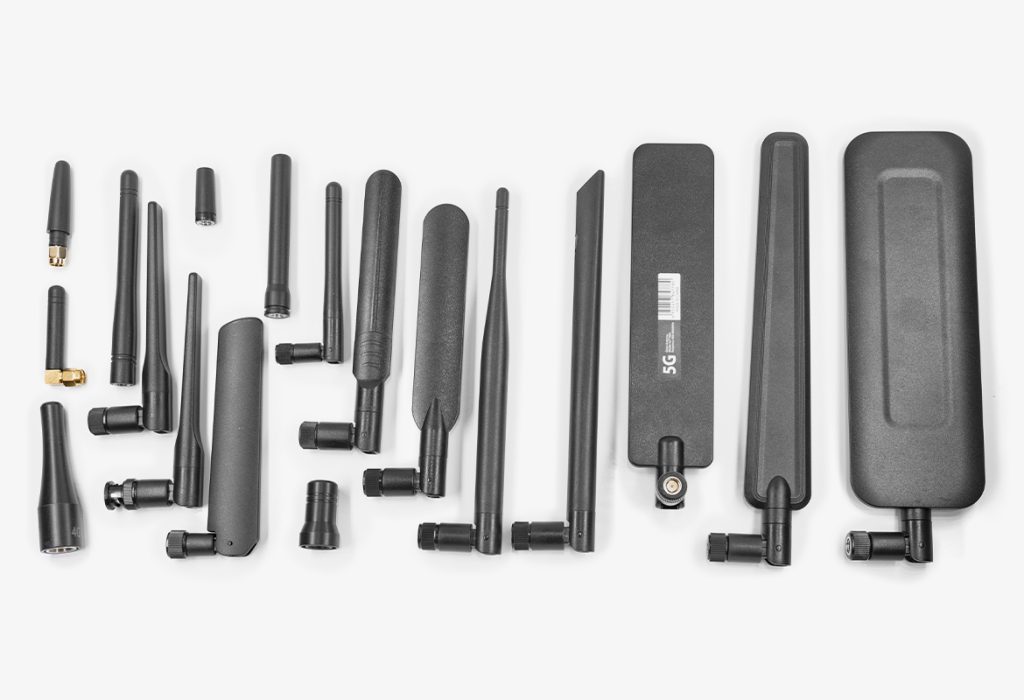The Evolution of LTE Antennas: How Technology Has Advanced in the Last Decade
Body
In the rapidly evolving world of telecommunications, LTE antennas have played a pivotal role in enhancing connectivity and communication. Over the last decade, the advancements in these antennas have been remarkable, reflecting the growing demand for faster and more reliable mobile networks.

Understanding LTE Antennas
What exactly are LTE antennas? These antennas are specifically designed to support Long-Term Evolution (LTE) technology, which is a standard for wireless broadband communication. They facilitate the transmission and reception of data, voice, and video over mobile networks. The evolution of these antennas has been driven by the need for improved performance, efficiency, and coverage.
Key Advancements in LTE Antennas
- Increased Frequency Bands: Modern LTE antennas operate across multiple frequency bands, allowing for greater flexibility and improved service quality.
- MIMO Technology: Multiple Input Multiple Output (MIMO) technology has become a standard feature, enabling antennas to send and receive more than one data signal simultaneously.
- Beamforming: This technology directs signals toward specific users rather than broadcasting in all directions, enhancing signal strength and reducing interference.
- Compact Designs: The trend towards smaller, more efficient designs has made it easier to integrate LTE antennas into various devices, from smartphones to base stations.
The Role of LTE Antennas in 5G Transition
As the telecommunications industry transitions to 5G, the role of LTE antennas becomes even more critical. While 5G technology introduces new standards, the existing LTE infrastructure will continue to support a significant portion of mobile traffic. Therefore, enhancing LTE antennas is essential for a seamless transition. How can operators ensure that their networks remain robust during this shift? By investing in advanced antenna technologies that can handle both LTE and 5G signals, they can maintain service quality and user satisfaction.
Future Trends in LTE Antenna Technology
Looking ahead, several trends are likely to shape the future of LTE antennas. These include:
- Integration with IoT: As the Internet of Things (IoT) expands, LTE antennas will need to support a growing number of connected devices.
- Enhanced Security Features: With increasing concerns over data privacy, future antennas will likely incorporate advanced security measures.
- Environmental Considerations: Sustainable practices in antenna design and manufacturing will become more prevalent, addressing environmental concerns.
In conclusion, the evolution of LTE antennas over the past decade has been marked by significant technological advancements. These innovations not only enhance connectivity but also pave the way for future developments in mobile communication. For more information on the latest in antenna technology, visit  .
.







Comments